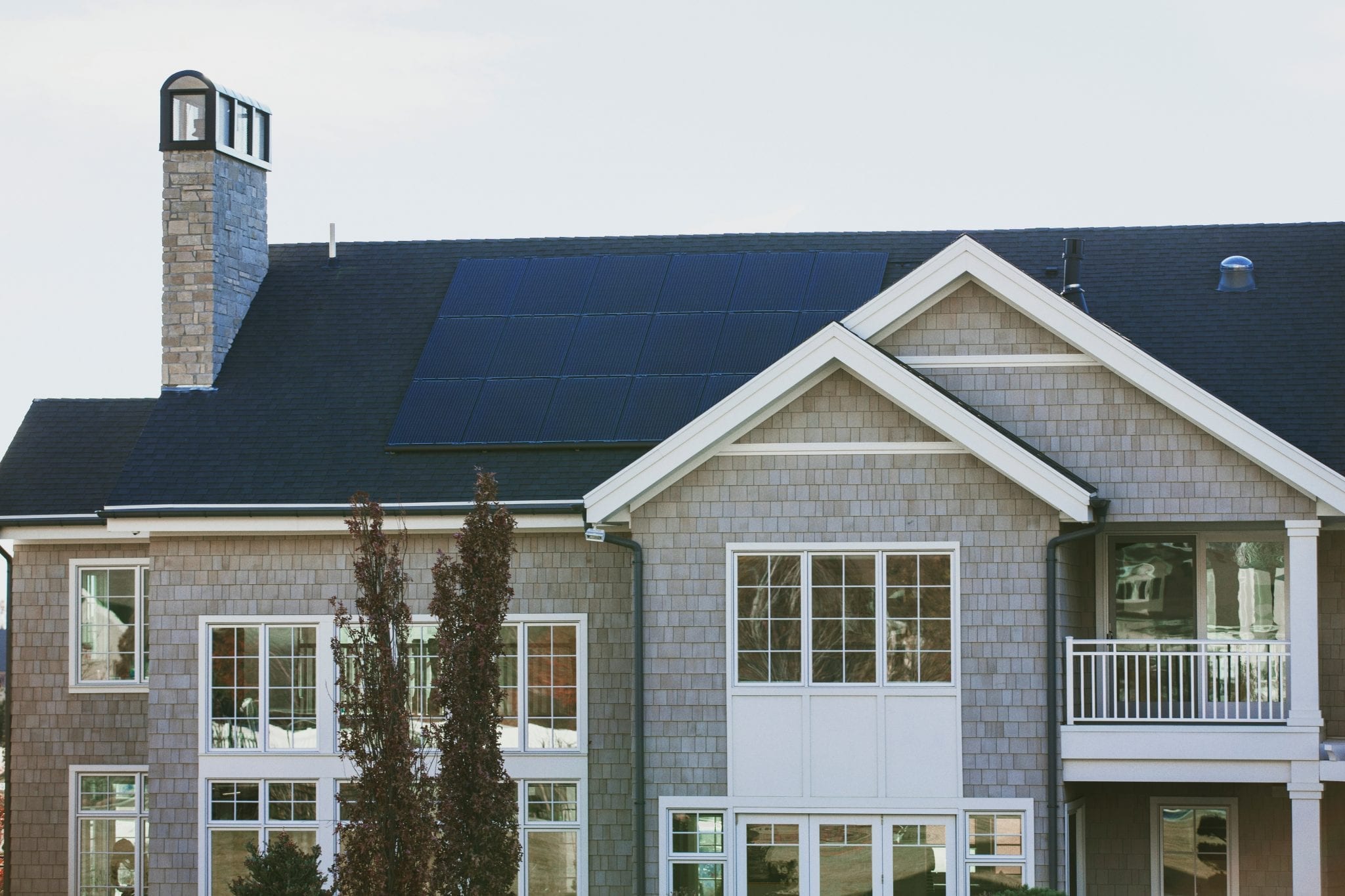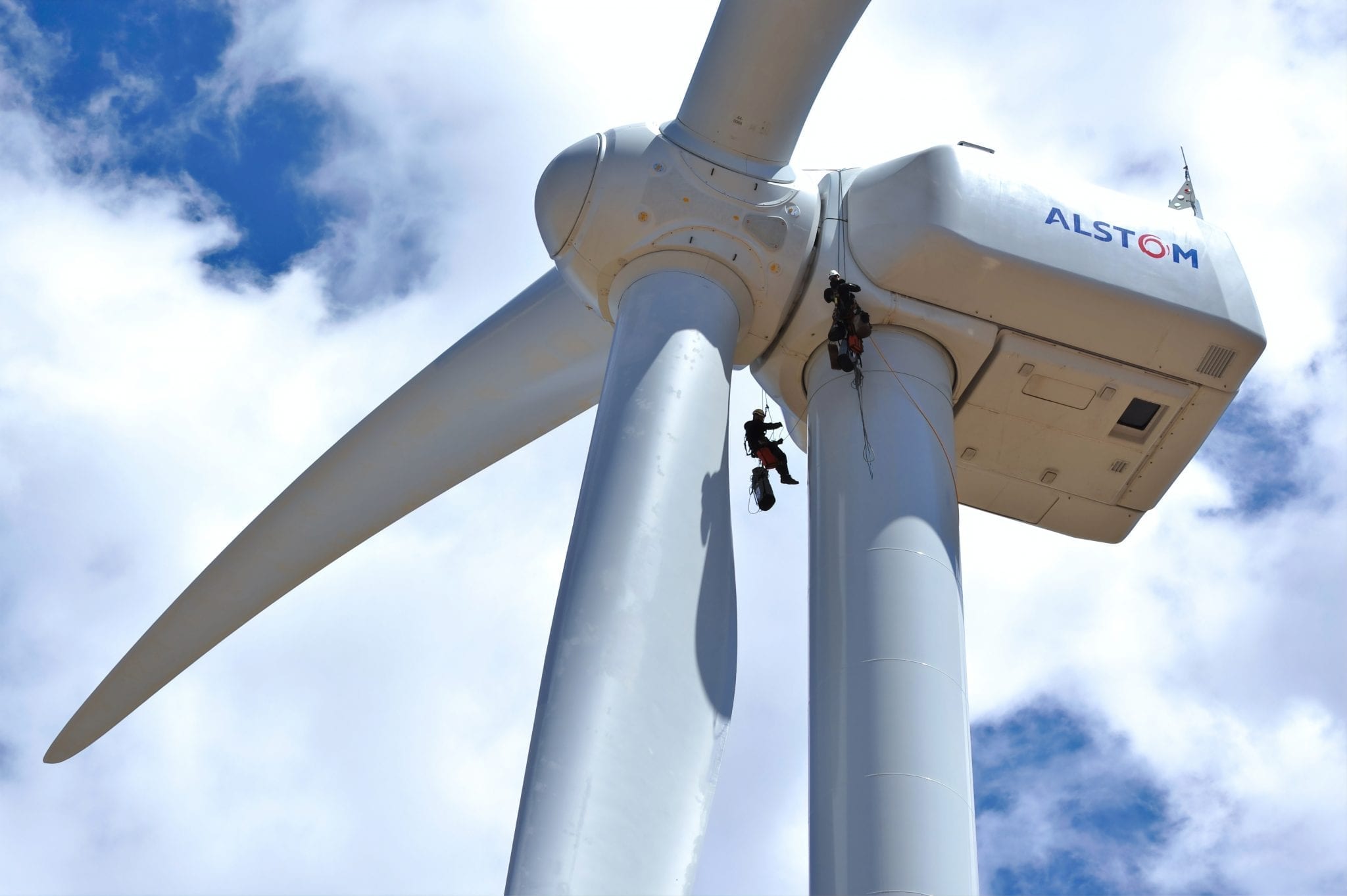Mini, Smart & Super Grids
Europe’s electricity demand is expected to double or triple by 2050 while the European Union (EU) has committed to reduce its greenhouse gas emissions by 85-90%. To realize a single energy market by 2014, Europe needs to organize and rationalize its various energy transmission systems into an integrated transnational network. This new system should allow an efficient use of electricity obtained from various renewable sources and regulated through a grid system consisting of mini-, smart- and super-grids.
Mini-grids can appear in a great variety of systems including single localities or even single isolated buildings that could potentially make consumers into producers as well. Smart-grids will play a crucial role in improving the energy efficiency and in reducing carbon emissions of towns and cities. On the pan-European level, the super- grid concept can upgrade existing grids making them more homogenous, thus enabling and balancing the distribution of electricity to meet demand across Europe.

Mini-Grids
Mini-grids are a set of electricity generators and energy storage systems, interconnected to a distribution network that supplies the entire electricity demand of a localized group of customers. They can operate independently without being connected to a centralized grid. A mini-grid can be designed to connect with a central grid on regional or national levels and effectively operate as part of it; or it can be disconnected in case of a failure in the central grid that could affect power quality.
The “Energy Internet
In The Third Industrial Revolution, Jeremy Rifkin claims it is time to establish an “energy internet” based on renewable energy that will follow the same development path as the Internet which caused a revolution in communication by connecting people from all over the world, enabling them to share information and knowledge at the click of a button. In the same way, millions of individual small-scale energy producers could share their electricity
in a common network and store it for future use.
Mini-grids can also operate autonomously in remote locations until new infrastructure enables a connection to the central grid. This option could be particularly suited for developing countries which lack infrastructures or a well-connected electricity network. Small villages in rural areas that are rich in solar, small hydro, wind or biomass resources could gain energy autonomy and eventually could feed power into smart-grids to generate income as well as electricity.
Our network infrastructure needs to undergo an ambitious program of modernization, including a number of elements for the integration of renewables.
Günther Oettinger, EU Energy Commissioner
Mini-grids are well-suited for providing electrification for rural areas as well as single buildings. A characteristic of mini-grids is the variety in which they appear. Different countries have different standards for implementation and for the technologies used. A small village could rely on a combination of solar panels, microturbines, fuel cells, energy efficiency and information/ communication technology to manage electricity and make sure the lights stay on.
Smart-Grids
For transmission and distribution of energy on a local and a European level to occur efficiently, smart-grids are needed. According to the U.S. Department of Energy, a smart-grid “generally refers to a class of technology people are using to bring utility electricity delivery systems into the 21st century, using computer-based remote control and automation”. The aim of smart-grid technology is to improve the production and distribution of electricity on the levels of efficiency, reliability, sustainability and economics.
Smart-grids have benefits including improved interconnections between power networks, more visibility and control over energy utilization and the possibility to manage renewable energy sources, thus permitting a more efficient use of the latter and contributing to shift to a more low-carbon society and energy-consuming society. An example for advanced types of control for electricity grids could be smart electricity meters that show real-time use and costs, allowing big energy users to switch off or reduce their consumption when given a signal from the grid operator, and avoid high power prices.
Despite obvious advantages, smart-grid systems are criticized and face opposition over concerns related to consumer privacy (use of data by law enforcement), the complexity of tax systems that could be less clear thus allowing the supplier to take advantage of the customer. There are also concerns among utilities that the effectiveness of the smart-grid could be reduced by apathy and lack of engagement on the costumer’s side. Except for evoking environmental concerns, utilities are unable to establish closer relations with costumers and better manage peak energy demand.
On the pan-European level, the EU’s ambitious plan to provide smart meters to 80% of households in 2020 is not proceeding as well as expected. In 2006, Italy was the first to complete a national smart meter with utility ENEL that reduced non-technical losses for its 30 million customers; the Scandinavian countries currently lead the way and by 2016 targets could be achieved by Denmark, Norway and Finland, while Sweden already achieved theirs in 2010. However, other European countries are experiencing more difficulties in adopt- ing smart metering programs.
Recent examples of diffusing smart-grids include: the United Kingdom’s plans to begin installing smart meters in 2014, with the intention to cover all households by 2019; in Italy, NEC Italia (a subsidiary of NEC Europe) and Acea Spa (a utility serving the Rome metropolitan area) agreed in December 2012 to develop innovative lithium-ion battery storage systems to be implemented in Acea’s primary and secondary power sub-stations. NEC will provide two energy storage systems to support Acea’s smart-grid project.
Promoted by the Strategic Energy Technologies Information System (SETIS) of the European Commission, the Smart Cities initiative aims to reduce carbon emissions by 40% by 2020 and includes 25 large cities ( > 500,000 inhabitants) and 5 larger cities ( > 1,000,000) with the goal of making living standards more sustainable in growing urban areas across Europe.
According to a 2011 Greenpeace report, “Battle of the Grids”, Europe should support smart-grids by developing technologies and by optimizing existing infrastructure over the construction of new power lines by using “dynamic power line rating” or by replacing existing lines with new transmission technologies. Smart-grid systems play a crucial role in the development and functioning of the pan-European electricity network and cannot be ignored if Europe wants to reach high results in obtaining electricity from renewable sources and decreasing its dependence on fossil fuels in the next decades.
The super-Grid
The pan-European “Super-Grid” has tremendous potential for inter-connecting Europe to meet growing energy demand and for connecting Europe with neighboring regions to ensure energy security. Electricity grids will no longer be confined to national borders. Energy from renewable sources will be transmitted via high voltage direct current (HVDC) cables over land and underwater. From geothermal energy in Iceland, to onshore wind power in Ireland to offshore wind power in the UK to wave energy in Scotland to solar energy in Spain, even from the sun collected in North Africa via cables under the Mediterranean Sea… Europe is becoming intertwined by a massive grid.
The largest super-grid projects are the offshore wind farms in the North Seas, partially to avoid the “Not-In-My-Backyard” (NIMBY) opposition but mainly because winds are less intermittent out at sea providing stronger and more continuous energy. Southern Europe’s solar energy potential is also tremendous. Further south, the German-initiative DESERTEC aims to collect solar energy from North Africa and export 80% of that energy to Europe. The French-project MEDGRID aims to create a Euro-Mediterranean electricity network that would generate 20 GW by 2020- 2025; 5 GW of which would purportedly go to Europe. Harnessing wind and solar power in the North Seas and across the Mediterranean can help wean Europe and its neighbors off of fossil fuel dependence.
The advantage of using HVDC over alternating current (AC) to establish the super- smart-grid is the higher cost-effectiveness of HVDC over long distances. Linking European national grids with one another through HVDC cables has become economically feasible and is being encouraged by policy-makers and industries to make the ‘green’ energy transition while deliver- ing electricity efficiently to meet demand. Opening the European electricity market to competition can reduce prices and favor low-emissions energy sources. Consumers will benefit from less expensive electricity from diverse renewable energy sources from different countries.

HDVC cables are not just about connecting islands and continents to Europe. In Germany, HVDC lines will bring electricity to the industrial south which will face power depletions after nuclear power plants are closed. Germany aspires to generate 35% of its total electricity from renewable energy sources by 2020. Other regional electricity hubs will emerge in geographic areas that can easily transmit energy, such as in Spain, Italy and Ireland, where technology, location and resources in renewables can help boost GDP and create jobs. The ultimate success of the “Super-Grid” project requires stronger political support, a stable regulatory framework and international coordination.
The Supergrid is “a pan-European transmission network facilitating the integration of large-scale renewable energy and the balancing and transportation of electricity, with the aim of improving the European market.”
Friends of the Supergrid (FOSG)
Just as the internet connects individuals via networks, grids will give consumers the ability to become producers, sharing and selling energy back to suppliers. Mini-grid technologies will make rural areas more self-sufficient. Smart-grids will make urban areas more integrated. Super-grids will inter-connect countries and continents.
The potential is tremendous for more investments, more returns, more jobs, greener growth and more sustainable lives. While fossils fuels, natural resources, and nuclear energy will continue to be part of the energy mix, the real energy transition is about increasing our reliance on renewable energies to achieve both economic and environmental benefits.